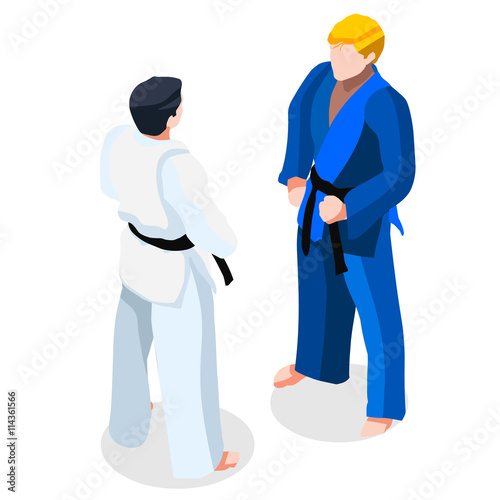A Comparative Study Of Traditional Martial Arts And Modern Combat Sports: Highlighting The Necessary Distinctions
A Comparative Study Of Traditional Martial Arts And Modern Combat Sports: Highlighting The Necessary Distinctions
Blog Article
Authored By-Ware Burch
When you consider martial arts, do you lean extra toward the conventional practices or the modern battle sports? Each course uses unique benefits and experiences, shaped by their approaches and training techniques. Traditional martial arts emphasize personal development and technique, while contemporary battle sporting activities focus on competitors and performance. Comprehending these differences can lead you in choosing the appropriate strategy for your trip. But how do these differences manifest in training and approach?
The Philosophy and History Behind Traditional Martial arts
While many people connect martial arts with physical fight, the approach and background behind traditional martial arts run much deeper. martial arts like judo crossword clue 'll discover that these techniques stress individual development, self-control, and regard.
Originating from ancient methods, traditional martial arts were typically established for Self-Defense and spiritual advancement. They symbolize principles such as balance, consistency, and self-constraint, leading specialists beyond simple combating abilities.
As https://martialartsforspecialneed53198.bloggerbags.com/40406383/the-function-of-taekwondo-in-fitness-and-weight-loss train, you'll not just find out techniques yet additionally acquire insights right into the culture and worths that shaped these arts. The rituals and customs, typically passed down via generations, foster a feeling of community and belonging.
The Competitive Nature of Modern Combat Sports
Modern battle sporting activities have transformed the landscape of martial arts into an extremely competitive sector, where athletes take on in a test of ability, approach, and endurance.
You'll observe that competitors are often organized with stringent rules and regulations, making sure fair game and safety. These occasions bring in huge audiences, fueling the excitement and strength of competitions.
Athletes train carefully, not just for physical expertise yet also for mental sturdiness, knowing that every detail counts in the ring. The adrenaline thrill throughout competitors is palpable, as boxers press their restrictions to assert success.
Followers appreciate the athleticism and artistry entailed, making modern battle sports a thrilling spectacle that remains to advance and astound enthusiasts worldwide.
Training Techniques and Strategies: A Relative Evaluation
The competitive ambience of contemporary fight sports demands ingenious training techniques that differ considerably from typical martial arts.
In modern-day training, you'll focus on details strategies, sparring, and conditioning, often using drills that simulate genuine battle situations. You'll see an emphasis on quantifiable performance and frequent competitors to assess your skills.
On the other hand, traditional martial arts focus on forms, katas, and philosophical trainings, frequently stressing discipline and respect over competitors.
Training is normally less intense and might include repetitive practice as opposed to real-time sparring.
While both methods build skill and fitness, modern-day fight sporting activities provide a much more dynamic and adaptable training atmosphere, preparing you for immediate challenges in the ring or cage.
Choose relevant web page that aligns with your objectives and passions.
Verdict
In selecting between conventional martial arts and modern-day battle sporting activities, it actually boils down to what you value most. If you're seeking individual growth, technique, and a feeling of community, standard arts could be your ideal fit. But if you prosper on competition and real-time challenges, modern fight sports could be the way to go. Inevitably, both paths supply special benefits, so it's all about straightening your training with your personal goals and interests.
